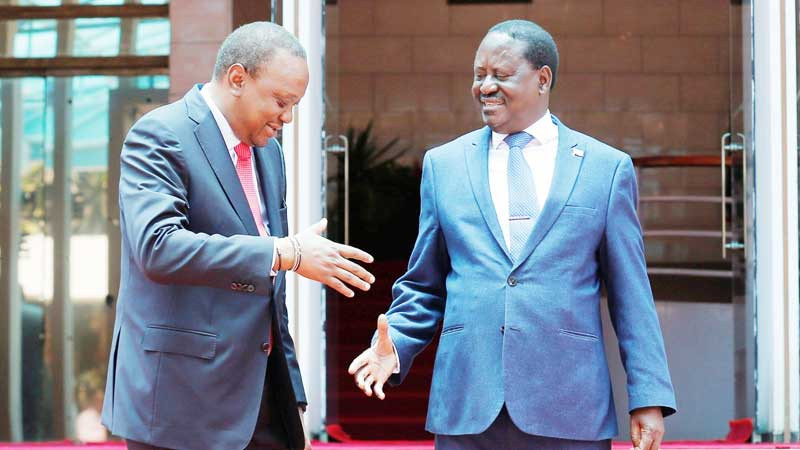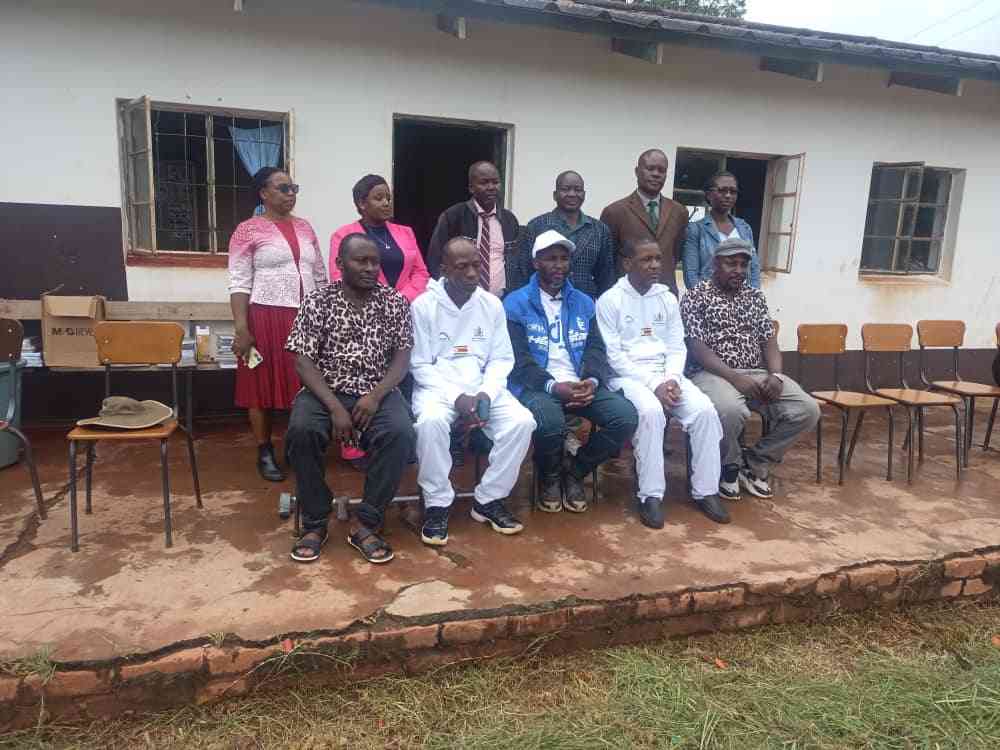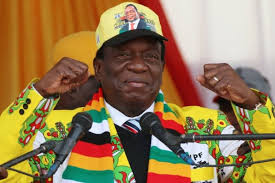
ON Tuesday William Samoei Ruto will be sworn in as the fifth President of Kenya succeeding the incumbent Uhuru Kenyatta whose two terms of office has come to an end.
The development follows the confirmation of his victory by the country’s Supreme Court–a ruling which subsequently lays a death knell on the political career of veteran politician and former prime minister Raila Odinga.
Responding to the court’s ruling through a statement issued by his Azimio Coalition, Odinga indirectly conceded defeat and said: “We have always stood for the rule of law and the constitution. In this regard, we respect the opinion of the court although we vehemently disagree with their decision today.”
Ruto on the other hand has extended his hand to his political opponents whom he said were not his enemies and expressed his willingness to work with his rivals so as to unite Kenya.
“Kenyans. Let us unite to make Kenya a nation which everyone shall be proud to call home,” Ruto said.
The reactions to the court ruling by the two political heavyweights who were neck-to-neck in one of the closest and hotly contested elections in the country’s political history is a positive development as Kenya continues to rise as Africa’s beacon of democracy.
President Kenyatta has since made a statement guaranteeing a smooth transition of power telling the Kenyan people that the Assumption of Office Team was “already on it”.
Prior to the court challenge, analysts and observers had commended Kenya’s recent elections as the most transparent in the country’s history which had been long characterised by disputed elections and incidents of political violence.
- Lessons for media from Kenya elections
- Kenya: Supreme Court upholds William Ruto's win, to be sworn in as President next Tuesday
- Kenya election was an exemplary performance: Ruto
- MUCKRAKER: Adios Queen Elizabeth II, kindly pass regards to Mugabe
Keep Reading
For Odinga, considering his age, his fifth bid marks the sunset for his long political career and he will forever be respected and remembered as the man who fought for the country’s democracy and good governance.
For Ruto, his ascension to the top hot seat was not a stroll in the park because of several underlying factors.
Firstly, he went into the election without the blessings of his now former boss and soon to be predecessor Kenyatta.
Secondly, he was facing a veteran politician revered as the father of democracy in the character of Odinga.
Thirdly, he was facing a tag-team of two former political allies who had now formed a new “marriage of convenience” to deter his presidential bid.
But how did Ruto emerge victorious in light of all these odds which were against him?
The ‘golden handshake’
The Building Bridges Initiative truce, which led to the “golden handshake” diffused the tensions in the country that had been characterised by civil disobedience and economic boycott called by the opposition to protest the presidential election results that had declared Uhuru the winner in the 2017 vote.
Through the constitutional court, Odinga had overturned Kenyatta’s victory in the first round of the 2017 elections before boycotting the re-run, citing the need for “electoral reforms” and in particular appointment of new impartial commissioners in the Independent Electoral and Boundary Commission(IEBC)
The BBI was thus tasked with bringing proposals on how to effectively address the root causes of Kenya’s social and political problems.
The “golden handshake” a product of the Building Bridges Initiative between Kenyatta and his arch-nemesis could have ended Kenya’s 2017 political dispute, but it was to mark the beginning of a fall-out between president Kenyatta and his deputy Ruto.
To be continued…
- Fungayi Sox works at TisuMazwi — a communication centred social enterprise which specialises in book publishing and storytelling projects, including book editing and printing, autobiographies, biographies, memoirs, ghost-writing, content creation and digital media. He writes in his personal capacity. For feedback contact him on 0776 030 949, follow him on Twitter @AntonySox, or connect with him on LinkedIn on Fungayi Antony Sox.











